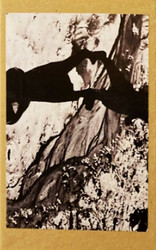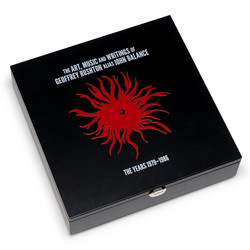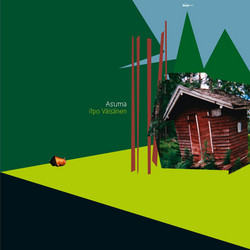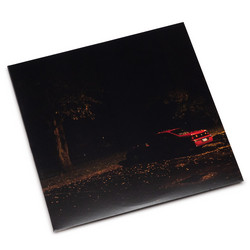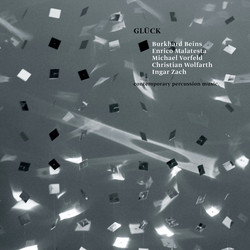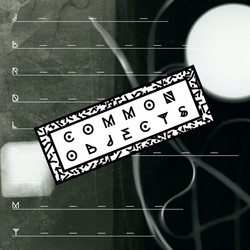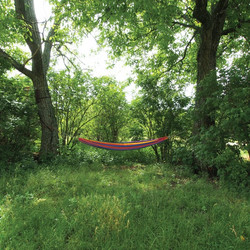Can you say something about a quartet for guitars?
Hmm. Where to start?
Well let’s start with why “Affetuoso e sostenuto”? And what about those track tittles: “Ineptitude”, “Awkward”, “Gaucheness”, “Underwhelm” and “Failing”?
Google “Affetuoso e sostenuto” and probably a reference to Haydn will appear on the screen, a nine minute section from his String Quartet Op. 20. No. 1 ( the third movement). For the musicians on this recording after an examination of the score their very first instruction was to listen to and watch a recording of the Lyndsay String Quartet performing this third movement, seeing… the first violinist Peter Cropper gulping in air, holding his breath, contorting his face, utterly immersed in the moment, we watch the sensitivity of each movement, the communication within the group, this is how we are going to play, this is how we going to relate to the score, but no! NO!! We can’t possibly just copy their performance, and anyhow the possibility of attempting to enter the tradition of the classical string quartet world would be delusionary.
That’s true, but haven’t you in the past said we (all of us) need to place our work right alongside a Haydn Quartet for comparison?
Yes, you’re correct, but on recognizing and accepting our failure in this regard we could become inspired by how Haydn constantly broke the rules, we set about to explore fresh areas of responses like ineptitude, awkward, gaucheness, underwhelm and failing.
So the track tittles don’t relate to each track, but are an indication of areas of responses? But I hope you don’t mind me saying… they seem very uncomplimentary…insulating even!
Hmm… yes I understand that, but I wanted to escape the descriptions of gorgeous or beautiful, stunning, striking, arresting, prepossessing, captivating, bewitching, beguiling, engaging, charming, charismatic, enchanting, appealing, delightful, irresistible etc.
But why do you feel the need to escape from these responses?
Oh! It seems so easy to shove the disc into the player and respond with “Gorgeous!” or “Fascinating, darling!” I’m not interested in reading a description of the music, but would rather it was ripped apart, examined, rejected or accepted, understood to see what it is saying. How it relates to Sturgeons’ law, tear it apart delve into its innards, get your hands dirty, fail. Again and again.
Do you mean you are looking for unwanted zones or expressions? A possible response on listening might be a sense of awkwardness of uncertainty? Of maybe not knowing?
Yes, exactly! The track tittles are the responses.
Maybe you could say something about the score and its structure?
The score is nine one minute strips, played in any order, then repeated over and over in different orders. Spread across the nine minutes there are twenty two motives and twenty eight spaces, the choice of a nine minute duration was Haydn Op. 20 Affetuoso E Sostenuto, and to encourage endless variations and development also tips a hat in the direction of the father of the string quartet.
How did you rehearse the piece? Were there any particular ways to visualize the score?
We gave ourselves a year to rehearse, sometimes spending an evening just dealing with a single “click” examining the range of how dry or wet a click might be, if there was a single approach. It might have come through a quote from a Zizek article where Deleuze refers to Proust description of Vinteuit’s music that haunts Swann “as if the performers not so much played the little phrase as executed the rites necessary for it to appear” upper most in our mind was to question the role of composition as a vehicle to be flashy showy and brilliant, we wanted the material to be stripped and laid bare, its rawness exposed, allowing the figurations to freely circulate, to play in such a way that one would be capable of discerning the echo of the non-played. (That’s a quote from somewhere… But where?)
So… did you succeed or fail?
Hell, no! Of course, not!!!











